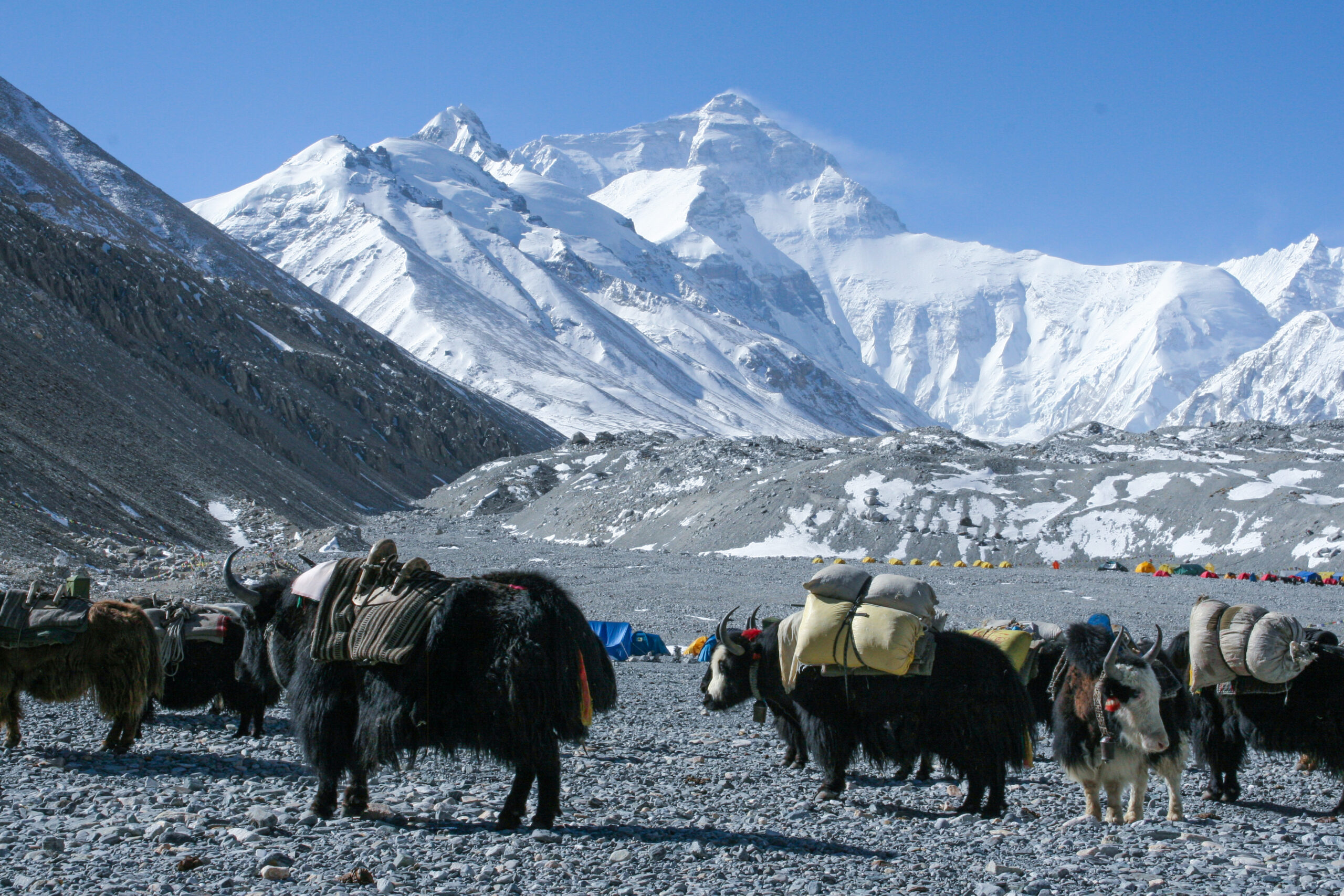Lhasa & Samye – 5 days
Duration
What you will See & Do
As well as exploring the major sights of Lhasa, travel east to Samye, Tibet’s first monastery, and one of its’ most beautiful, set on the banks of the Yarlung Tsangpo (Brahmaputra) River. Also visit the great geomantic temple of Tradruk, founded by King Songsten Gampo. It offers a fascinating glimpse into the history and mythology of the Tibetan people and is considered one of Tibet's holiest places as it pins the left shoulder of the supine ogress that is the Tibetan landscape.
The resplendent hilltop fortress of Yumbulakhang is a reconstruction of the palace of the first Tibetan kings.
In addition, Samye, Tibet's first monastery and one of its most beautiful, offers a serene and tranquil retreat on the banks of the Yarlung Tsangpo River, where you can soak up the spirituality and beauty of Tibet's natural landscape.
You can also add a day and include a day trip to Ganden & Drak Yerpa from Lhasa.
Itinerary
Day 1: Arrive Lhasa - transfer to hotel
Arriving in Lhasa, visitors will be greeted by the stunning natural beauty of the Tibetan plateau. The city is situated at an altitude of over 3,686 meters above sea level and is home to many significant cultural and historical sites. Transferring to the hotel catch your first glimpse of the city and its unique architecture, which is heavily influenced by Tibetan Buddhism.
Your arrival day is relaxed with no set activities in order to allow your body to adjust to the effects of altitude. A welcome dinner is included this evening.
Day 2: Lhasa sightseeing: Drepung & Sera monasteries (option to add Norbulinka summer palace or the temple of the Nechung State Oracle)
Lhasa is a city steeped in culture and history, and the visit to the Drepung and Sera monasteries a highlight for anyone interested in Tibetan Buddhism. The Drepung Monastery, located about 5 kilometres out of Lhasa city, was once the largest monastery in the world and served as the residence of the Dalai Lamas until the 5th Dalai Lama moved to the Potala Palace. Sera Monastery, on Lhasa’s northern foothills, is known for its unique tradition where monks engage in lively philosophical debates. Visitors can witness these debates and explore the beautiful grounds of the monastery.
You have the time, and the option, to include Nechung, the temple of the state oracle (located close to Drepung) and/or the Norbulingka, summer residence of the Dalai Lamas to the west of the Potala.
Day 3: Lhasa sightseeing: Potala, Jokhang, Barkhor Pilgrim Circuit (option to add Ramoche Temple)
The spiritual heart of Tibet is the Jokhang Temple and is full of life as pilgrims bring offerings of butter and barley flour. The Potala Palace rises above the city and, more than any other sight, symbolises the history and culture of Tibet – it is a UNESCO World Heritage site and was once the winter residence of the Dalai Lamas and contains more than 1,000 rooms and chapels.
The Barkhor, the holiest devotional circuit, circumnavigates the Jokhang and houses a market bazaar. Here, Buddha images, yak skulls with ruby eyes, woodcarvings, carpets and prayer wheels are bargained for.
Second in importance only to the Jokhang, the Ramoche was built to house the Jowo Shakyamuni statue brought by Princess Wenchang as dowry in the C7th until it was later moved to the Jokhang. Each of these sites holds a unique place in Tibetan Buddhism.
Day 4: to Samye via Yambulakhang
A journey to Samye via Yumbulakhang is a unique and scenic experience that takes visitors on a journey through the Tibetan countryside. Yumbulakhang is an historical site and ancient fortress located on a hilltop overlooking the Yarlung Valley. It is considered to be one of the oldest buildings in Tibet and is a significant cultural and historical site.
Continue across the Brahmaputra to Samye. Probably constructed 775-9 by Padmasambhava, Samye formally established Buddhist monasticism in Tibet and is thus considered a symbol of Tibet’s national identity.
Add a second night here to include a day hike to Chimphu hermitage & nunnery. The site dates from the earliest Nyingmapa practitioners including Guru Rinpoche.
Day 5: visit Tradruk - transfer to airport & depart (PM flight).
A journey to Samye via Yumbulakhang is a unique and scenic experience that takes visitors on a journey through the Tibetan countryside. Yumbulakhang is an historical site and ancient fortress located on a hilltop overlooking the Yarlung Valley. It is considered to be one of the oldest buildings in Tibet and is a significant cultural and historical site.
Continue across the Brahmaputra to Samye. Probably constructed 775-9 by Padmasambhava, Samye formally established Buddhist monasticism in Tibet and is thus considered a symbol of Tibet’s national identity.
Add a second night here to include a day hike to Chimphu hermitage & nunnery. The site dates from the earliest Nyingmapa practitioners including Guru Rinpoche.






